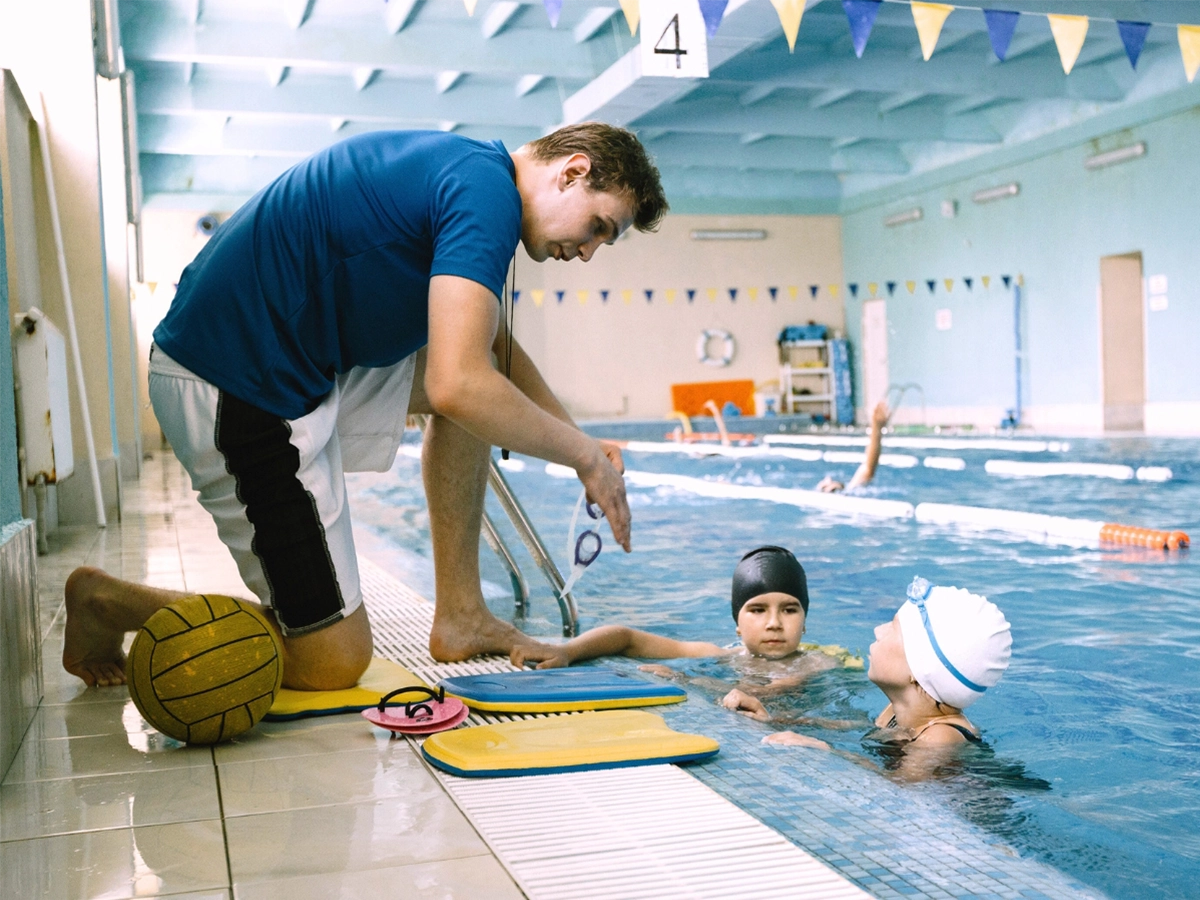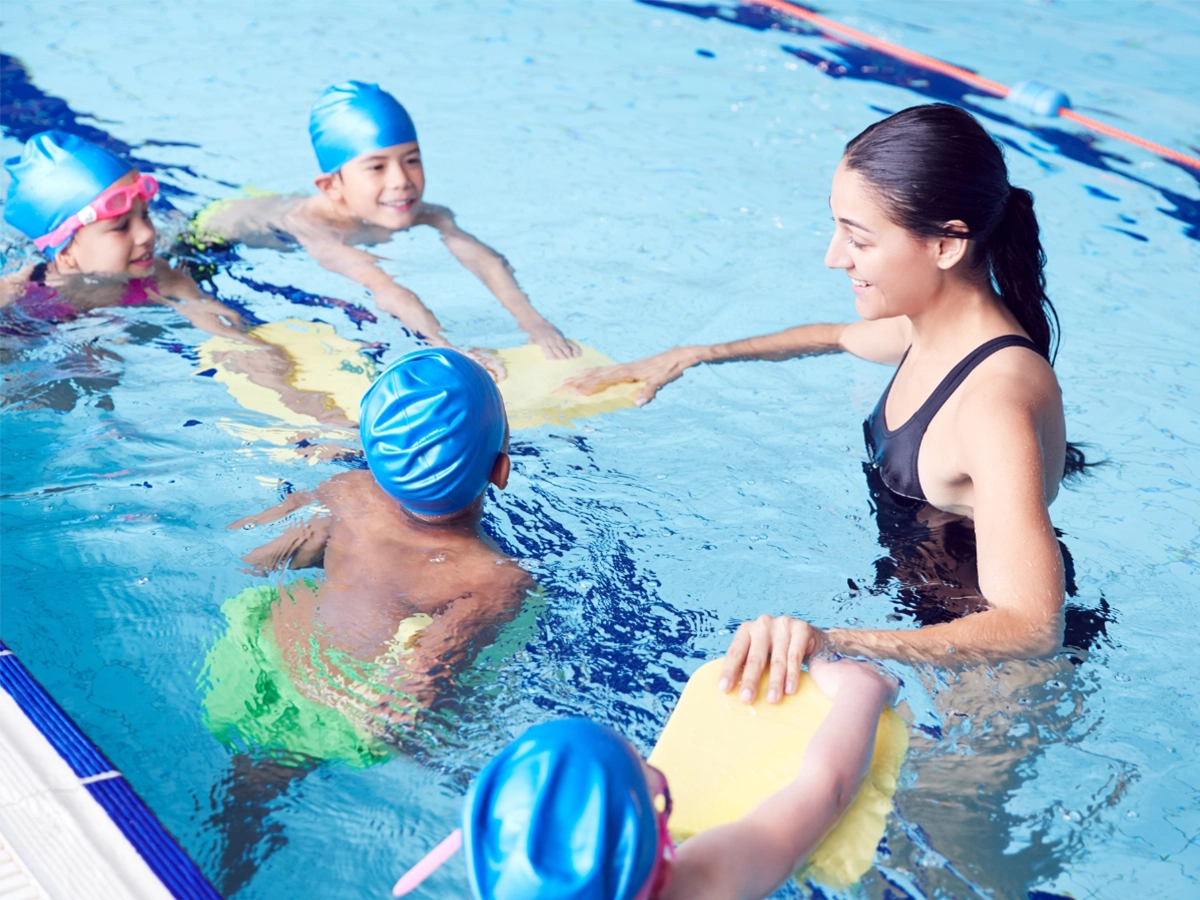Summer is an exciting time of year for families. There is more time to spend together with school out of session and parents using vacation days for trips to the beach and long weekends at the pool. Unfortunately for many families, water-related activities can put lives at risk. According to research by the United States Swim School Association, between Memorial Day and Labor Day last year there were at least 511 media reported drowning incidents involving a child under the age of 18 in the United States. Of these incidents, a little more than half occurred in a swimming pool and about 45 percent involved children ages 5 and under.
The tragedy of these statistics is nearly all drowning deaths are preventable. Parents need to be aware of their children’s swimming capabilities as well as their knowledge of how to be safe around water before summer beach and pool season arrives. Water wings and other floatation devices are no substitute and should not be relied on to keep kids who do not know how to swim safe.
There are a few basic skills parents can review to determine if their children are knowledgeable of basic water safety skills before and after the height of swim season in the summer. It is best to start preparing several weeks before a planned vacation to the beach, opening a backyard pool for the season or scheduling weekends at the local waterpark. Children need time to redevelop skills after not being in the water for several months.
Two of the most important skills parents should evaluate in their children are:
Flip and Float. Any time a child enters a body of water unexpectedly, he or she should know to first reach the surface then flip onto his or her back and float until help arrives.
Find the Side. If your child accidentally falls into a pool he or she should know how to swim to the side, and either pull them self out of the water or move along the wall to the stairs where they can safely exit.
Both of the skills above need to be evaluated in tandem. It is important that children know how to flip over and float on their backs, but parents should not rely on this as a true test of water safety. No parent can predict how long a child may be in the water if an accidental fall occurs. A child cannot execute a back float indefinitely, so if a parent or responsible adult does not immediately respond to rescue the child, he or she must know how to safely exit the water independently.
Additionally, it is also a good idea to test a child’s endurance in the water.
Take a lap. Having your child swim a full lap in a pool that you regularly visit or have in your own backyard will inform you if your child can swim far enough to reach the side or a step to exit the pool no matter where he or she falls in.
Once these basic swimming skills have been tested, parents can expand their evaluation to other potentially dangerous water situations. While it may seem like a fun game to a child, a circumstance parents should prepare a child for is a fall into water while fully clothed.
The Clothes Test. Children might be successful swimmers in their goggles and swimsuit but if you have a backyard pool there could be a situation where your child falls into the pool fully clothed. To help children know how to react and judge their skill level in a situation like this effectively, under your supervision, have them jump into the pool with clothes on and swim to the side.
Finally, children should have a basic knowledge of what to do if someone else falls into the water and is struggling. Children should know that if an adult is not nearby, they are capable of taking action to help.
Throw, Don’t Go. When asked what they would do if a friend or sibling is struggling in the water, children should know to not enter the water. Instead, they should look for a device that can reach into the water such as a pool noodle, a foam ring or even a large stick the struggling person can grab and hold onto while being pulled to safety.
While reviewing a child’s water safety and swimming capabilities is important, parents should still remain vigilant whenever a child is in or around water. Another consideration parents should make is enrolling children in year-round swim lessons. This helps prevent children from forgetting skills and will also help build strength and stamina in the water.














